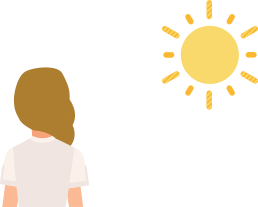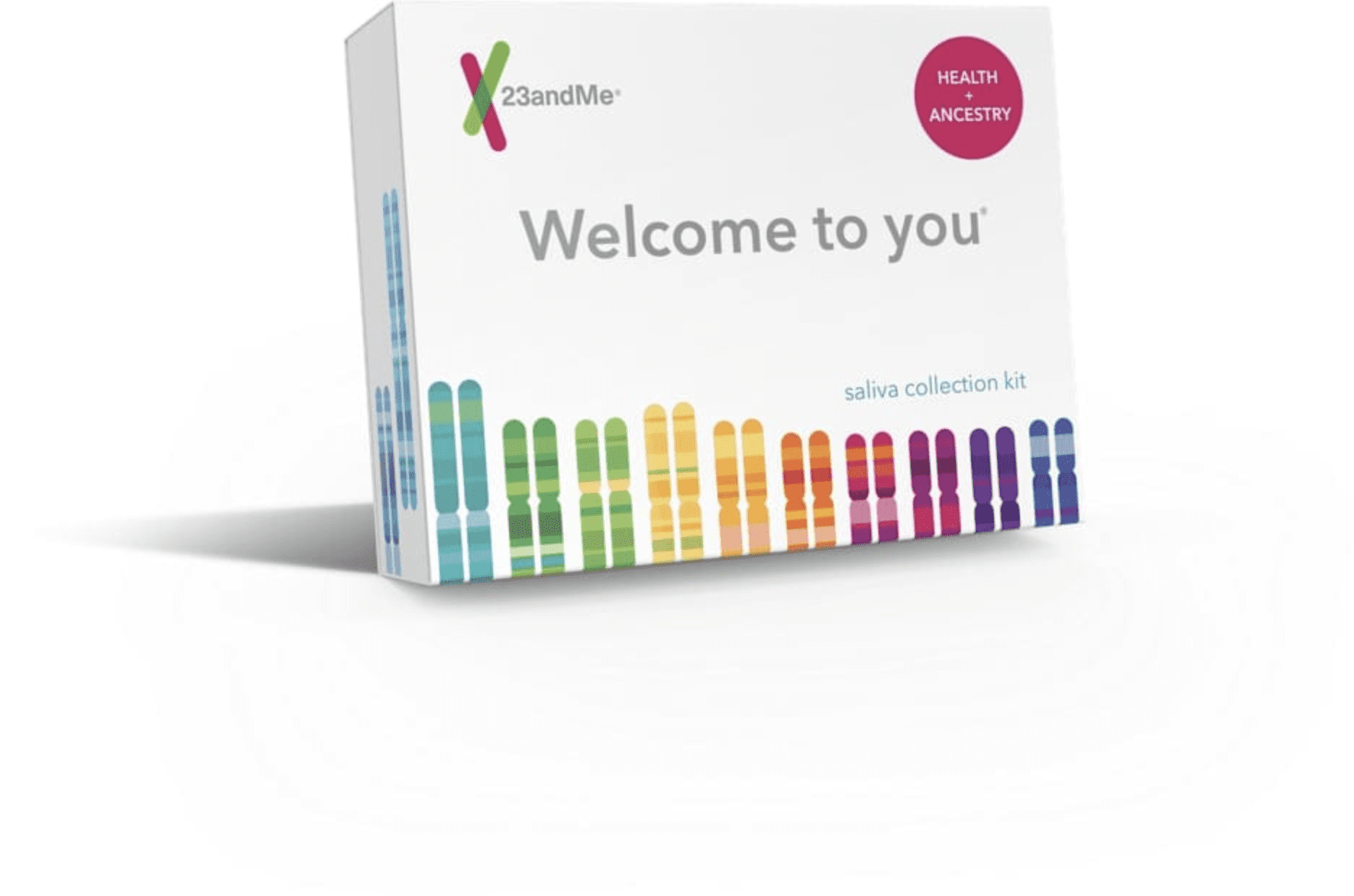Lighten upHair Photobleaching & Genetics
Photobleaching is what happens when hair colour lightens after long exposure to the sun. Some folks spray lemon juice in their hair for a beachy, sun-kissed look, while others have hair that lightens naturally after spending time outdoors.
How it works
Not only do the sun’s ultraviolet rays cause our skin to tan, freckle, and (ouch) burn, UV rays also break down the hair’s pigment molecules. Researchers have studied UV exposure across a diversity of hair colours and textures and found that the sun breaks down proteins in all hair types. While some hair types are more likely to lighten colour than others, reducing the amount of time spent in the sun is important for everyone’s overall hair health.
The genetic link
So far, 23andMe scientists have identified 48 genetic markers that may influence hair photobleaching. There are hundreds of genes that influence hair colour, and scientists have more to learn about the ones associated with photobleaching.

Did you know?
Photobleaching is pretty common from people with European ancestry. In a recent 23andMe study, a little more than 72 percent of customers who agreed to participate in research (and have European ancestry) reported that the sun lightens their hair.
Explore more
Curious whether your hair is likely to lighten after long exposure to the sun? 23andMe’s Health + Ancestry Service can shine a little light on whether you’re likely to experience hair photobleaching based on your genetics. Pick up our kit to learn if your hair is more likely to lighten with sun exposure.

Health + Ancestry Service
References
23andMe Blog (2018, July 30). “Itching to See 23andMe’s New Trait Reports.” Retrieved October 30, 2018, from https://blog.23andme.com/health-traits/itching-to-see-23andmes-new-trait-reports/.